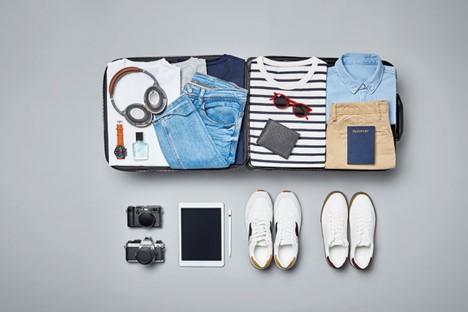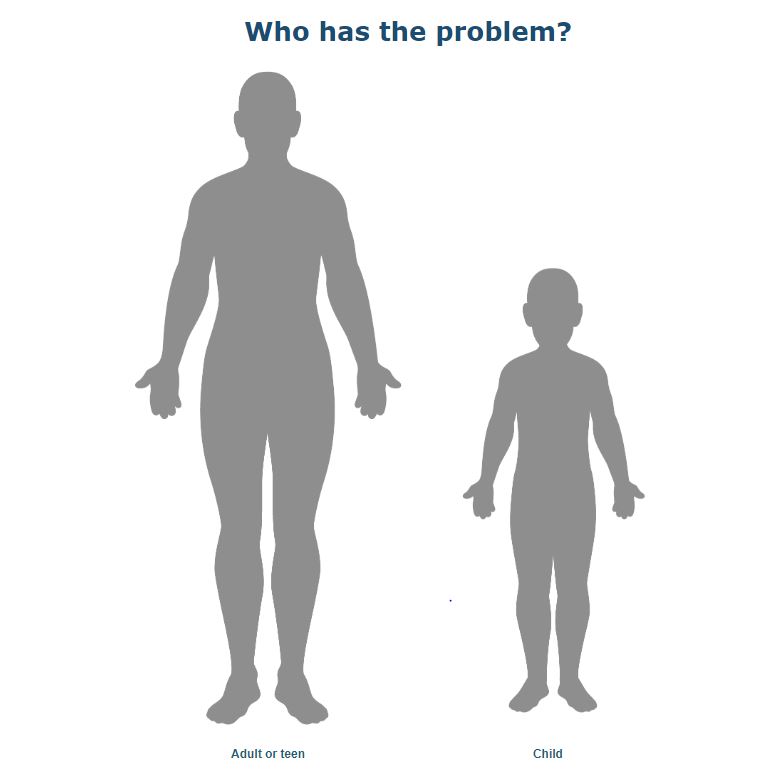


Alzheimer’s Awareness Month

Fireplace Safety Tips

Carbon Monoxide (CO) Gas

Holiday Meals

Holiday Pet Safety Tips
The holidays are a very hectic time of year with all sorts of new ways for your pet to find potential trouble.
Here are a few tips to help keep your pets safe and happy throughout the holiday season:
1. Christmas Plants: Keep Christmas plants out of your pet’s reach. Many, including poinsettias, mistletoe berries, holly and amaryllis can cause your pet to become ill.
2. Decorations: Be aware of decorations that could be dangerous to your animal. Watch for hooks on tree ornaments, tinsel or ribbon that is easily swallowed, and glass decorations that are prone to breaking.
3. Lights: Use caution with electrical cords; unplug your lights when you’re not around to supervise your pet. Before plugging cords back in, check to make sure your pet has not chewed them.
4. Christmas Trees: Secure your tree to the wall or ceiling with hooks and sturdy fishing line to prevent your tree from being toppled by climbing cats and curious dogs.
5. Real Trees: Cover the water at the base of the tree. Pine sap mixed with water can cause diarrhea, mouth sores, vomiting and loss of appetite. Additionally, pine needles can get lodged in an animal’s throat, causing difficulty swallowing or choking.
6. Safe Place: Visitors can make pets feel anxious. Be sure your pets have a quiet place to escape the bustle of holiday guests.
7. Identification: Be sure your pets have proper identification. The increased number of guests visiting your home provides more opportunities for your pet to slip outside.
8. Table Scraps & People Food: There are a number of foods that we enjoy that can be fatal to pets. Stick to your pet’s normal food and treats and be sure to ask your guests not to feed your pets.
9. Presents: Be aware of what you’re putting under your tree. Keep gifts out of your pet’s reach unless you know it’s pet safe. A box of chocolates ingested by your curious animal can be life threatening.
10. Wrapping Paper & Ribbons: After presents are unwrapped, be sure to promptly dispose, recycle or store away paper and ribbons as they make for dangerous choking hazards for your animal.
https://www.albertaspca.org/…/caring…/pets-the-holidays/

Protecting Your Mental Health During The Holidays

Healthy Travel Abroad

Healthwise Symptom Checker


